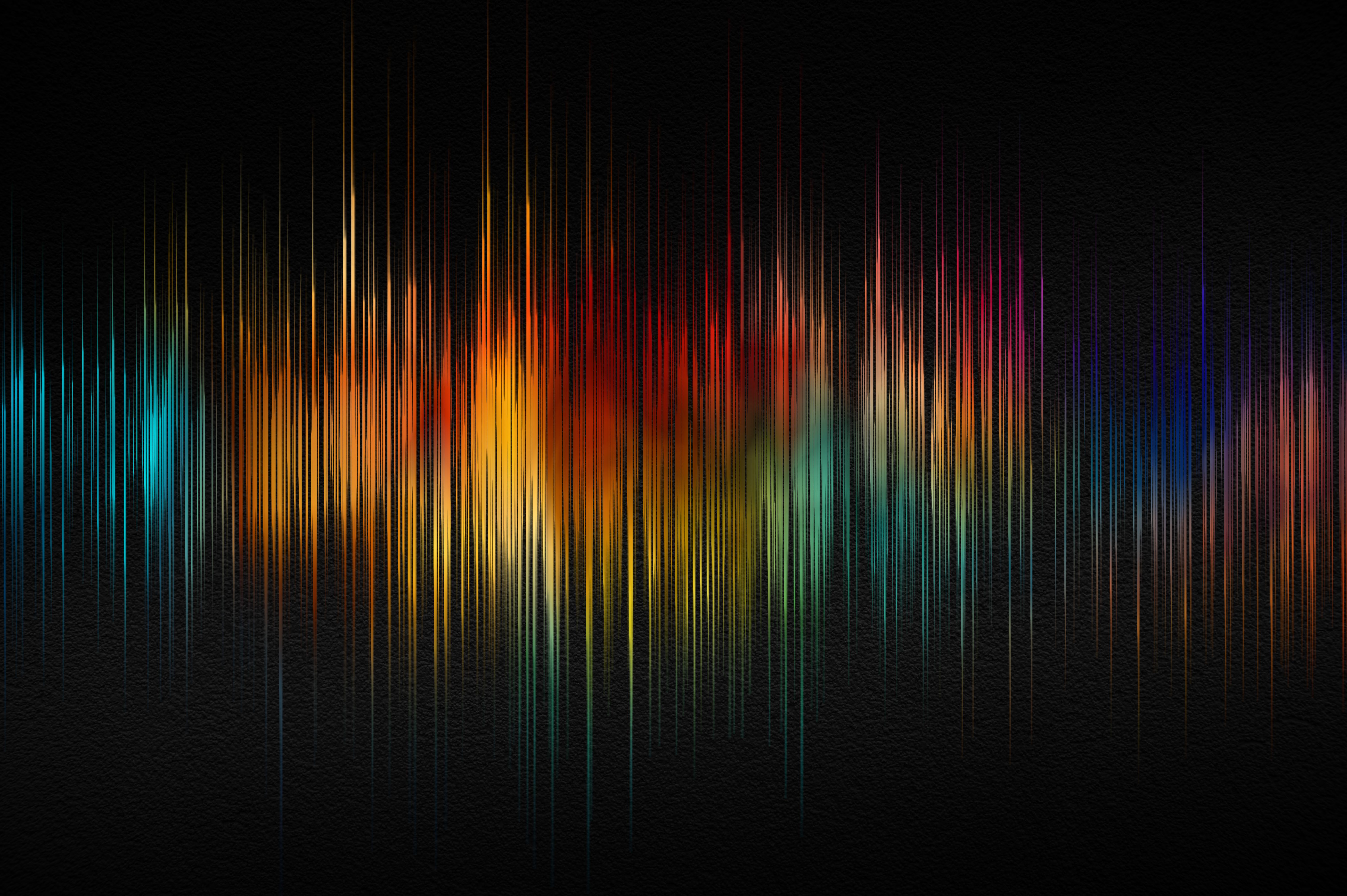Interactive 3D Chemical Element Maps with Laser-Induced Breakdown Spectroscopy and Photogrammetry
Combining laser-induced breakdown spectroscopy (LIBS) with spectral imaging techniques and photogrammetry offers a new way to create three-dimensional (3D) imaging models.
A new study published in Spectrochimica Acta Part B: Atomic Spectroscopy shows howresearchers at the Center for Applied Photonics, INESC TEC in Porto, Portugal have developed a new solution for creating interactive three-dimensional (3D) spectral imaging models (1).
Sound wave with spectral colours. Abstract image of musical equalizer. Colorful equalizer | Image Credit: © andyborodaty - stock.adobe.com

Although laser-induced breakdown spectroscopy (LIBS) has been utilized to construct high-resolution two-dimensional (2D) chemical element maps, the researchers note that it has yet to be used to create 3D models. The new solution, which combines spectral imaging techniques and photogrammetry, offers a way to create 3D spectral imaging models.
The technique uses a numerical algorithm to match features in the spectral image with those of the 3D model. Once the mesh from different sensor modalities is matched, the researchers used dedicated photogrammetry and visualization software to deploy interactive models.
The researchers believe that this approach could pave the way for the development of novel spectral imaging diagnostic strategies that could provide better qualitative analysis and insight in the 3D space. Potential applications include developing interactive teaching environments for biosciences and geology and providing innovative diagnostic tools for quality control (QC) of mechanical parts.
Interactive 3D chemical element maps can be obtained by scanning the sample surface at different angles, where multiple 2D maps can be obtained and combined to create a 3D map of the sample. By scanning the sample at different angles, the laser beam can ablate material from different positions and depths, thus obtaining elemental information from different parts of the sample. This information can then be used to reconstruct a 3D map of the sample, where each point in the map corresponds to a specific location on the sample surface and is associated with a set of chemical element intensities. The resulting 3D map can be interactively visualized and analyzed, allowing researchers to identify patterns, structures, and relationships that may not be apparent from 2D maps alone. In this process, multiple 2D LIBS elemental maps are integrated into a 3D model of the sample.
Although there are multiple available solutions for the construction of 2D approaches, the creation of an interactive 3D solution that incorporates multimodal spectral imaging data has been underexplored in the literature, according to the study (1). The researchers hope that their work will open the door to a new range of possibilities in a variety of fields.
To construct interactive models, the researchers utilized photogrammetry, which requires basic setups and can be performed with a standard smartphone or tablet. Light detection and ranging (LIDAR)-based solutions may be more suitable for higher throughput or scanning larger areas, whereas laser scanning is often employed when resolution is a key requirement.
Photogrammetry is the process of obtaining measurements and spatial information from photographs. It involves using specialized software to analyze and interpret images to generate 3D models or measurements of objects and environments. The technique can be used for various applications, such as mapping, surveying, and engineering. Photogrammetry relies on the principles of geometry and optics to determine the position and orientation of objects and to reconstruct their 3D shape and location.
The researchers believe that their work has significant potential for a range of industries and fields, and could offer new and innovative ways to diagnose and analyze complex chemical and geological structures in three dimensions.
Reference
(1) Lopes, T.; Rodrigues, P.; Cavaco, R.; Capela, D.; Ferreira, M. F. S.; Guimarães, D.; Jorge, P. A. S.; Silva, N. A.Interactive Three-Dimensional Chemical Element Maps With Laser-Induced Breakdown Spectroscopy and Photogrammetry.Spectrochim. Acta Part B At. Spectrosc. 2023, 203, 106649. DOI: 10.1016/j.sab.2023.106649
Laser Ablation Molecular Isotopic Spectrometry: A New Dimension of LIBS
July 5th 2012Part of a new podcast series presented in collaboration with the Federation of Analytical Chemistry and Spectroscopy Societies (FACSS), in connection with SciX 2012 — the Great Scientific Exchange, the North American conference (39th Annual) of FACSS.